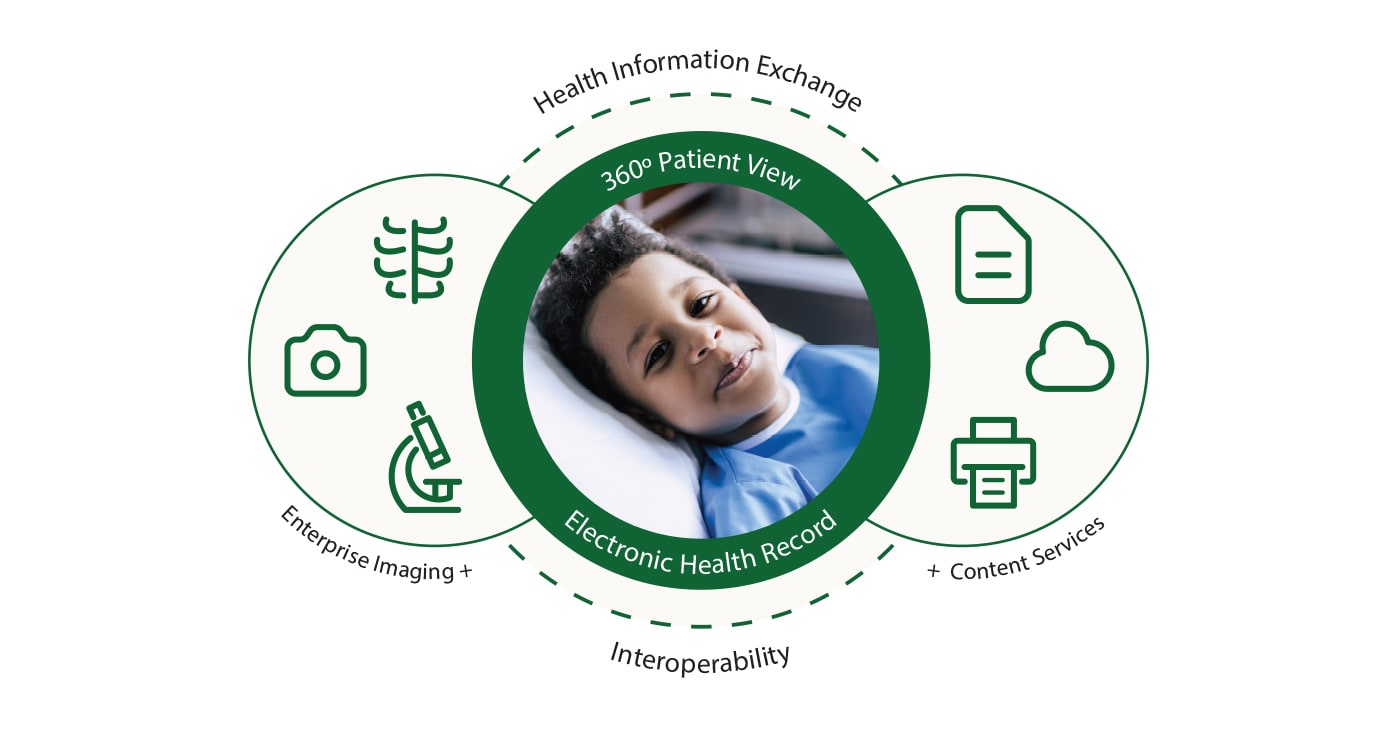Why Healthcare RCM is Crucial for Financial Health in Medical Practices
A Comprehensive Overview on Exactly How Health Care RCM Functions to Simplify Invoicing and Collections
Navigating the complexities of medical care revenue cycle monitoring (RCM) is essential for service providers aiming to boost their invoicing and collections procedures. The overview unloads the complexities of RCM, from individual enrollment to accounts receivable monitoring, supplying understandings right into enhancing each action.
Recognizing Revenue Cycle Monitoring
Grasping the complexities of Profits Cycle Administration (RCM) is essential for health care organizations intending to maximize their monetary efficiency. RCM is a vital administrative function that incorporates the entire monetary process of individual care, from the initial visit setting to the last repayment of the balance. It is a complicated procedure developed to determine, gather, and handle the income from the services offered to clients. Effective RCM makes certain that medical care providers receive timely and precise payments, reducing the risk of revenue loss and boosting cash circulation.
The RCM procedure begins when an individual schedules a consultation and prolongs via the client's care trip, including payment and collections. An essential objective is to minimize the time between offering a service and getting payment, therefore improving the company's monetary wellness. RCM includes various features such as patient enrollment, insurance coverage verification, fee capture, coding, claims submission, payment posting, and dealing with rejections and charms.
Trick Elements of RCM
In the realm of Profits Cycle Management (RCM), recognizing its vital components is fundamental to achieving monetary performance within health care organizations. RCM is a detailed procedure that includes numerous stages, each essential to guaranteeing reliable invoicing and collections. The main parts consist of individual registration, insurance verification, cost capture, coding, claim submission, repayment posting, and receivable management.


As soon as coded, claims are submitted to payers, where accuracy is vital to stay clear of delays or denials - Healthcare RCM. Repayment uploading involves taping the obtained settlements, which enables for the settlement of accounts. Last but not least, accounts receivable management concentrates on tracking and dealing with unsettled insurance claims, guaranteeing timely follow-up and resolution
Each element of RCM is interconnected, and inadequacies in any part can disrupt the entire cycle. Consequently, mastering these components is essential for health care companies to enhance profits and improve their financial health and wellness.
Techniques for Efficient Billing

Systematizing billing treatments throughout the organization is an additional vital approach. Developing clear standards for documents, coding, and submission helps maintain uniformity and conformity with regulatory needs. Educating team regularly on these treatments makes certain every person is updated with the most up to date adjustments in invoicing codes and payer policies.
Exact fee capture is vital in stopping profits leakage. Carrying out routine audits and monitoring systems enables the recognition and correction of discrepancies prior to they affect earnings. Furthermore, preserving open lines of communication with payers aids to swiftly fix any type of disputes or misconceptions that might emerge.

Finally, interesting people early in the payment procedure by supplying clear estimates and educational materials concerning their economic duties can significantly reduce complication and enhance repayment timeliness. These strategies jointly add to a much more economically healthy and balanced and reliable billing system.
Enhancing Collections Procedures
A durable collections process is crucial for maintaining financial stability within healthcare companies. Provided the intricacies of medical invoicing and the selection of payer requirements, enhancing the collections process involves executing critical actions that make sure precise and prompt settlement of services made. Central to this is the usage of modern technology to automate and enhance processes, improving and decreasing hand-operated mistakes performance. Automation devices can help in tracking case statuses, sending timely pointers to people, and handling rejections a lot more efficiently.
Educating staff to recognize the nuances of insurance coverage and invoicing codes is just as vital. This understanding empowers them to deal with billing discrepancies promptly and communicate effectively with individuals regarding their economic obligations. Moreover, clear and transparent patient communications are important. Providing thorough explanations of costs and providing versatile payment strategies can raise client satisfaction and timely payments.
Routine audits of the collections procedure should be carried out to determine locations for improvement and make sure compliance with laws. By examining data, medical care organizations can recognize patterns, expect potential concerns, and adjust approaches as necessary (Healthcare RCM). Ultimately, a well-enhanced collections procedure not only sustains monetary wellness but additionally adds to a much more seamless experience for clients and personnel alike
Optimizing Profits Streams
Structure upon the click for more foundation of a solid collections procedure, healthcare companies can additionally reinforce their financial security by purposefully maximizing income streams. This involves a multi-faceted method, starting with a thorough evaluation of existing profits resources to determine inadequacies and areas for development. Using sophisticated information analytics tools makes it possible for organizations to obtain understandings into payer mix, client demographics, and solution use patterns, permitting data-driven choices that enhance revenue capture.
Executing automated payment systems can significantly reduce mistakes and quicken insurance claims processing, making sure that revenue is gathered a lot more successfully. In addition, enhancing payer agreements via regular arrangements can boost reimbursement prices and terms, straight impacting the bottom line. Diversifying solution offerings, such as including telehealth or health programs, can likewise draw in a wider person base, thus boosting income potential.
An additional critical component is boosting that site person engagement and complete satisfaction, as pleased patients are most likely to adhere to therapy strategies and make prompt repayments. Providing adaptable payment options and clear payment techniques can boost collections and foster person commitment. Healthcare RCM. By taking on these methods, healthcare companies can create a much more resistant financial framework, ensuring continual growth and security in an ever-changing industry landscape
Verdict
To conclude, health care Income Cycle Monitoring (RCM) plays a critical duty in enhancing invoicing and collections procedures by incorporating vital components such as individual registration, insurance policy confirmation, fee capture, coding, asserts submission, and receivable management. By employing advanced technology, systematizing treatments, and cultivating client involvement, doctor can significantly reduce claim rejections, speed up settlement cycles, and enhance capital. This thorough method to RCM ultimately results in enhanced economic performance and sustainability for medical care companies.
The RCM process starts when a client timetables an appointment and prolongs via the person's care trip, consisting of invoicing and collections.An additional essential element is boosting individual involvement and contentment, as satisfied individuals are a lot more most likely to stick to therapy strategies and make prompt payments. Using flexible repayment alternatives and transparent invoicing methods can improve collections and foster individual company website loyalty.In conclusion, medical care Profits Cycle Management (RCM) plays a vital duty in enhancing payment and collections processes by incorporating vital components such as individual enrollment, insurance coverage confirmation, charge capture, coding, declares entry, and accounts receivable administration. By utilizing innovative innovation, standardizing treatments, and fostering client interaction, medical care service providers can dramatically decrease case denials, increase settlement cycles, and improve cash circulation.